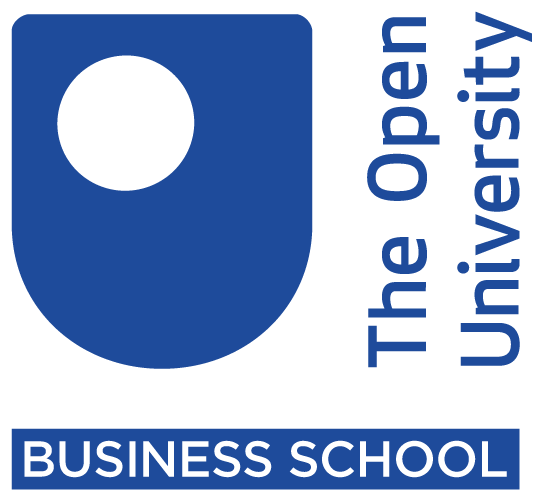For the first time it is clear that people do matter. No longer just a cliché, it is encouraging to see that talent development - managing, developing and retaining the right people - came up as the fifth highest issue on the Boardroom agenda. Right now, more than one in three (37%) are most concerned about motivating people, and 42% about talent management and development.
But why is this issue such a concern to leaders? Put simply, in today's dynamic business world, both private and public sector organisations are facing three key concurrent business challenges. Top of the list comes the need to manage cash and costs, followed by the determination to drive growth through new business models and, thirdly, the decision about whether to merge or acquire new businesses.
To meet these challenges and remain agile, our business leaders must invest in building capability and retaining their workforce, as they can no longer rely on recruitment alone to fill talent gaps in such a cost conscious environment. You only have to look at recent press reports in the IT sector to see that concerns are already being aired about another skills crisis.
Yet critical skills are scarce in the marketplace. Worse, the paucity of skills is pushing up salaries for a small minority of talented individuals - the choice is to pay excessive premiums, or to retrain and refocus existing staff.
However, as leaders recognise the wisdom of growing internal capability, they ask their HR teams to demonstrate the link between resourcing, career management, talent management and business value. This needs to be tangible, with clear outcomes from all development activity, for both the business and employees.
From recent client engagements, I have seen that many HR teams struggle with articulating and demonstrating this link, as well as showing the added value created. Additionally, signposting the value proposition available through development and career management to staff requires a strong, coherent employer brand.
Organisations know that there are some critical skills and capabilities which will be required for long-term success and increased customer value. Yet they often struggle to describe these. Worse, they often fail to work out how to develop staff to do their job 'now' and provide career paths for 'later' - for jobs which do not yet exist in the organisation. All this, despite the simple reality; namely that future-focused development is a critical piece in the jigsaw of creating a long-term sustainable business.
It is widely accepted that learning and related career paths are amongst the best ways of retaining people, with pay and incentives playing a lesser role than is often assumed. Companies who make the investment to join up resourcing, talent and career management with the business strategy, and have clear lines of responsibility from employees, line managers and HR, supported by a robust culture of performance management, are the ones who will gain customer and competitive advantage through people.
Yet, in KPMG's experience, much of learning and development for leaders and key staff is generic and not sufficiently contextualised to make a difference to the business. It also lacks the rigorous measurement against business needs and customer value, or worse, creates an industry of measurement that loses the real point of proof of learning that the business requires. Development is also underrated as a factor in staff retention, with organisations focusing on financial and other rewards.
Employees prioritise the importance of ensuing that their skills are up to date, and are beginning to understand that they themselves need to ensure long-term employability. Put it in the current context - of an economy officially back in recession - and it is clear that re-energising and re-engaging a workforce after cost cutting measures can be aided by harnessing natural human curiosity and desire to learn, and linking this to continuous personal and organisational improvement.
Organisations clearly need to recognise the powerful value of building a workforce with the critical skills of tomorrow and the ability to replenish these as the market shifts and changes. Measuring the value of these will bring longevity and future growth in these tough times. It's against this context that my recent client experience prompts me to urge organisations to consider three core issues:
is the link between business strategy and learning and development clearly defined, i.e. do you know what skills and capabilities are needed to sustain the business going forward?
do you truly understand the width and depth of capability in the workforce, i.e. who are the people with the skills you need?
and, are your critical and future skill needs hard-wired into the development of today, i.e. are you building embedded learning programmes that are linked to viable career paths, for jobs perhaps not yet created?
Those who are most successful are the organisations with joined up development and business activity as it creates a genuine continuous improvement culture. Retention of staff is key, but remains a concern that some organisations are still focusing on financial rewards to motivate staff, when so much evidence suggests that this do not work in the long-term.
In order to succeed in overcoming the challenges faced by cash crises, growing emerging markets or developing the products for the future or even the possibility of a new business model, the link between workforce planning, talent management and building capability for an agile workforce needs to be embedded into the fabric of the organisation.
Anna Marie Detert (pictured), director, KPMG people & change management consultancy practice










